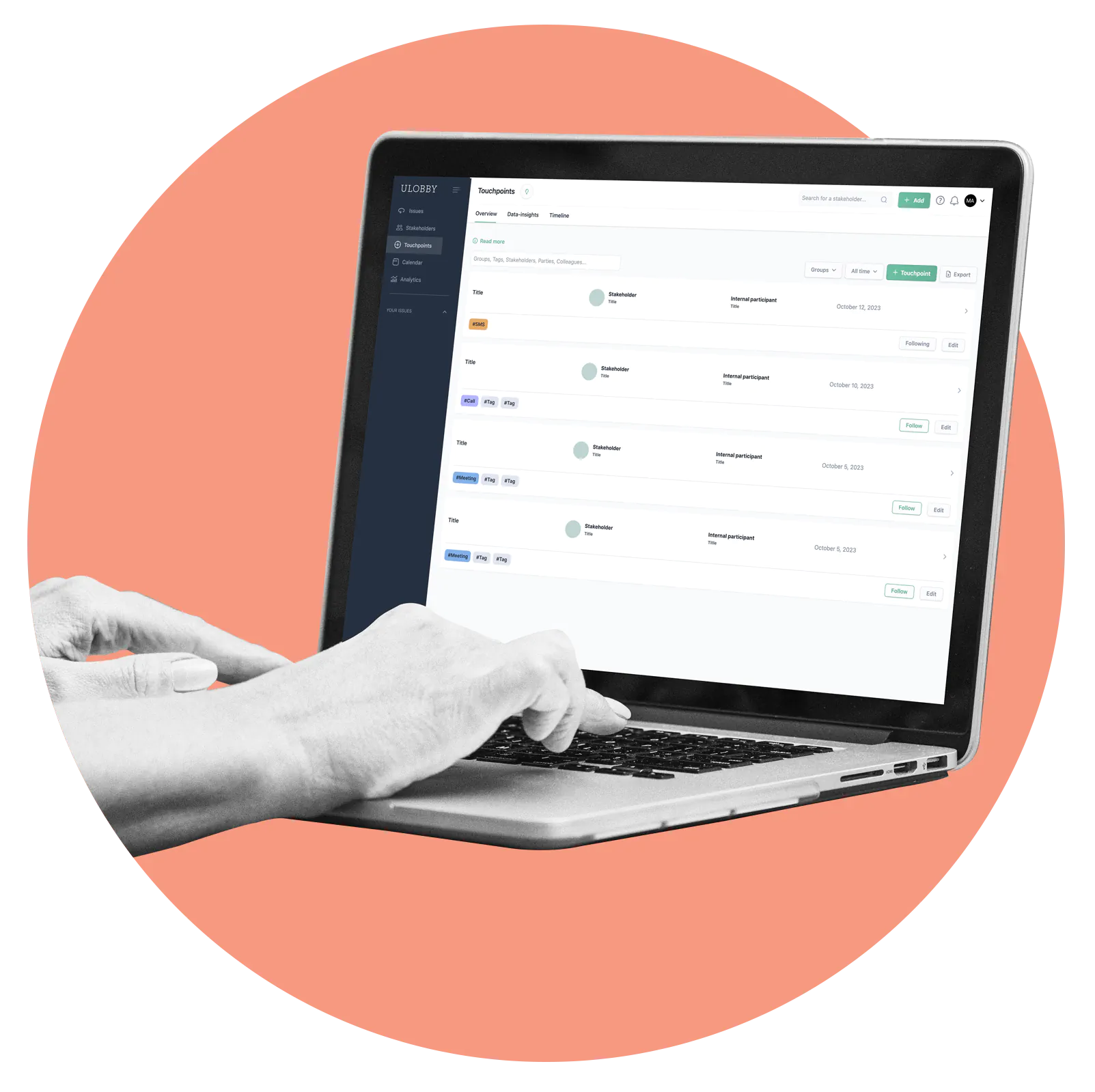20 things you should have in your Public Affairs toolbox (Part 1)

Dette blogindlæg er indtil videre kun tilgængeligt på engelsk.
*************************************************************
As a Public Affairs professional you have many tools available to create attention on a relevant issue or assert your organisation's influence. But often we see PA people getting stuck with a few of their favorite tools and thus miss out on new opportunities and tactics. Therefore we are going back to PA basics and will in a series of four articles present you with the 20 essential tools for Public Affairs work. The list of PA tools is extracted from Ulobby CEO Anders Kopp Jensen’s book The Public Affairs Engine - please note that the tools are not ranked in any particular order - their usefulness always depends on the situation and the nature of your organisation.
1. Research reports
Having unique and credible data about your challenge or issue, including the impact on society, can be pivotal for sparking political interest for your agenda. These types of reports can be conducted by researchers, think-tanks or specialized analysis/market research companies.
Pro tip: Try to get as many visuals and graphics as possible as these are more likely to be shared and create engagement on SoMe.
2. Webinars
Given the Covid-19 pandemic most PA professionals are probably not strangers to webinars and virtual meetings in general. Hosting your own webinar can be a good way of attracting a larger and maybe different crowd than IRL events and is also something which can be pushed before and after the event.
Pro tip: A tendency during the Covid-19 peak was that companies were hosting webinars about almost anything, even subjects completely unrelated to their business or issues. Although this might be entertaining it is not a very effective use of resources, so use webinars as an enhancer or enabler of an activity you already have lined up or kicked off, e.g. a policy proposal you are currently trying to create awareness around. This can be done in a creative or fun way, which may also include stakeholders you were planning to reach out to as a part of the plan.
3. E-books
E-books are becoming more and more popular as a way to contribute with free thought leadership which then can be used for other purposes, e.g. in relation to stakeholder management. A free e-book with unique content can have a far greater reach than sponsored content on SoMe and can also be used as a way to spark new partnerships, for instance as co-authors.
Pro tip: There are many relevant tips worth mentioning, but besides producing quality content the easiest tip with the highest ROI is simply to choose a killer title for your e-book and not something too boring or niche. Easy to say, difficult to do!
4. Policy papers
Policy papers or policy catalogues can be seen as a political proposal or contribution as a solution to an ongoing political discussion. Make sure it is crisp, well-documented and credible, don’t exaggerate positive or negative effects which you may or may not agree to.
Pro tip: It’s a good idea to have two versions – one one-pager for a “layman” and one very detailed and more comprehensive outline of the challenge, economic consequences and concrete legislation text (if relevant).
5. Long blog posts
With the increasing importance of digital channels, blog posts can be a good way to position your organization or CEO as a domain expert on certain subjects or take a stand on broader challenges for society. Bear in mind that this is a long-term effort and should be done with a consistent frequency, which means it should be prioritized even when other urgent matters pop up (which they always do).
Pro tip: If the sender is your CEO, this is also a good way to position yourself and the PA department if you ghostwrite the blogs and get, for instance, 30 minutes alone with her every other week or once a month.
5 new tools will be presented next week in part 2 of the series
Share this article
The Ulobby platform provides all the tools needed for managing issues and stakeholders and for measuring and evaluating impact.
Get started




